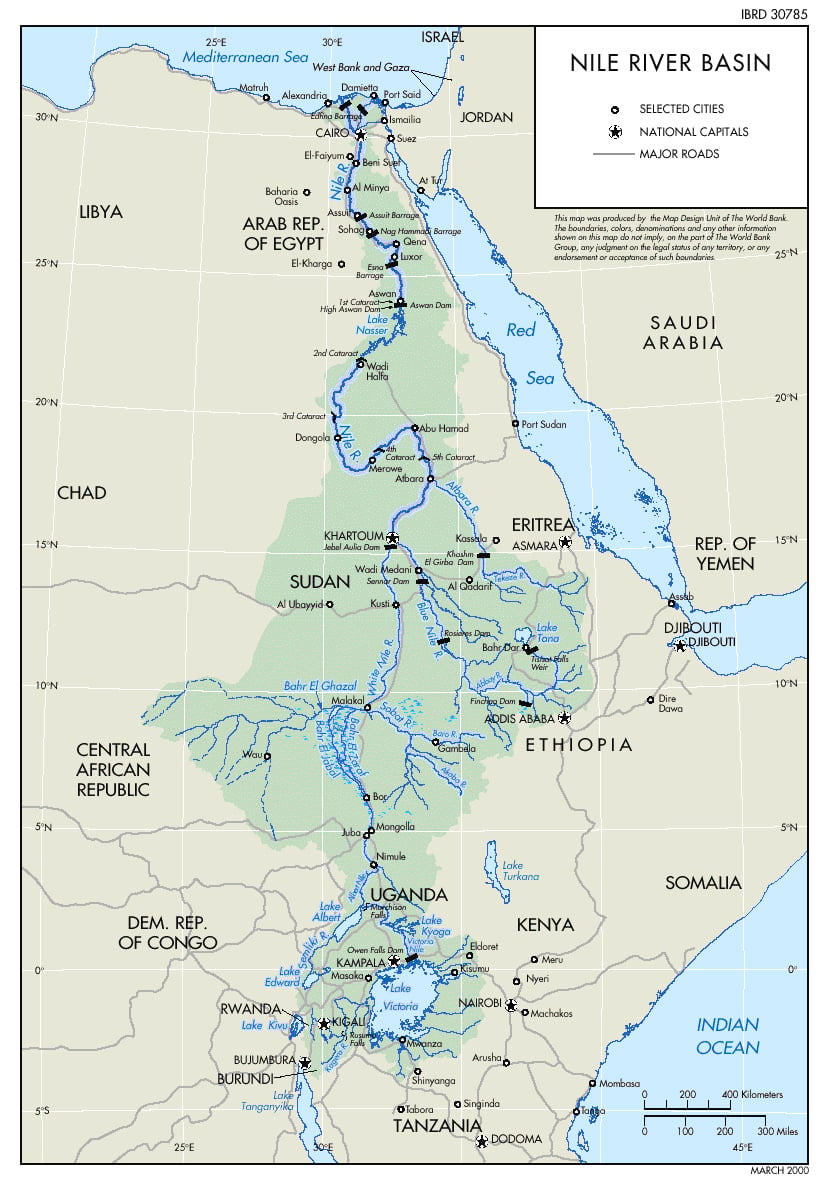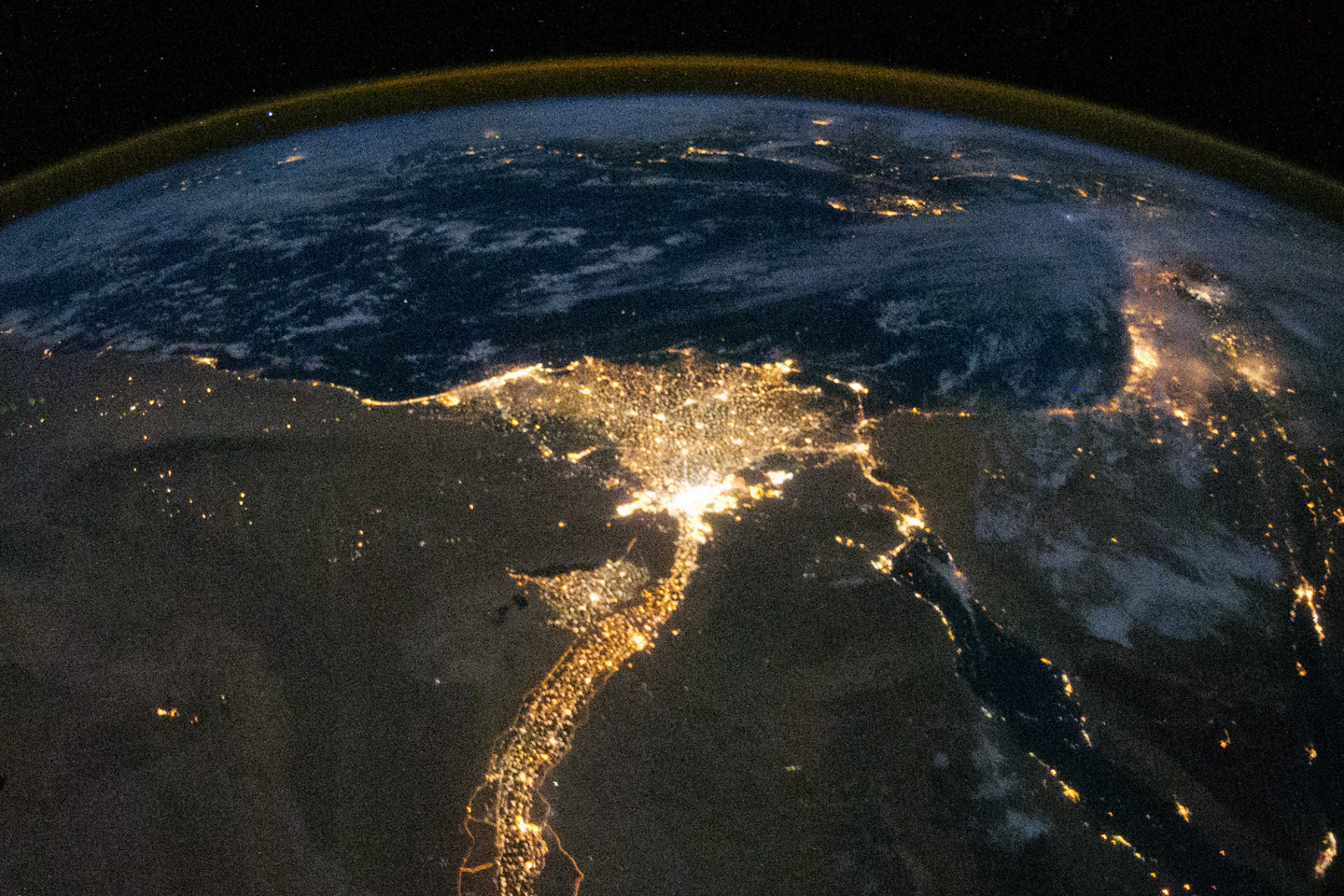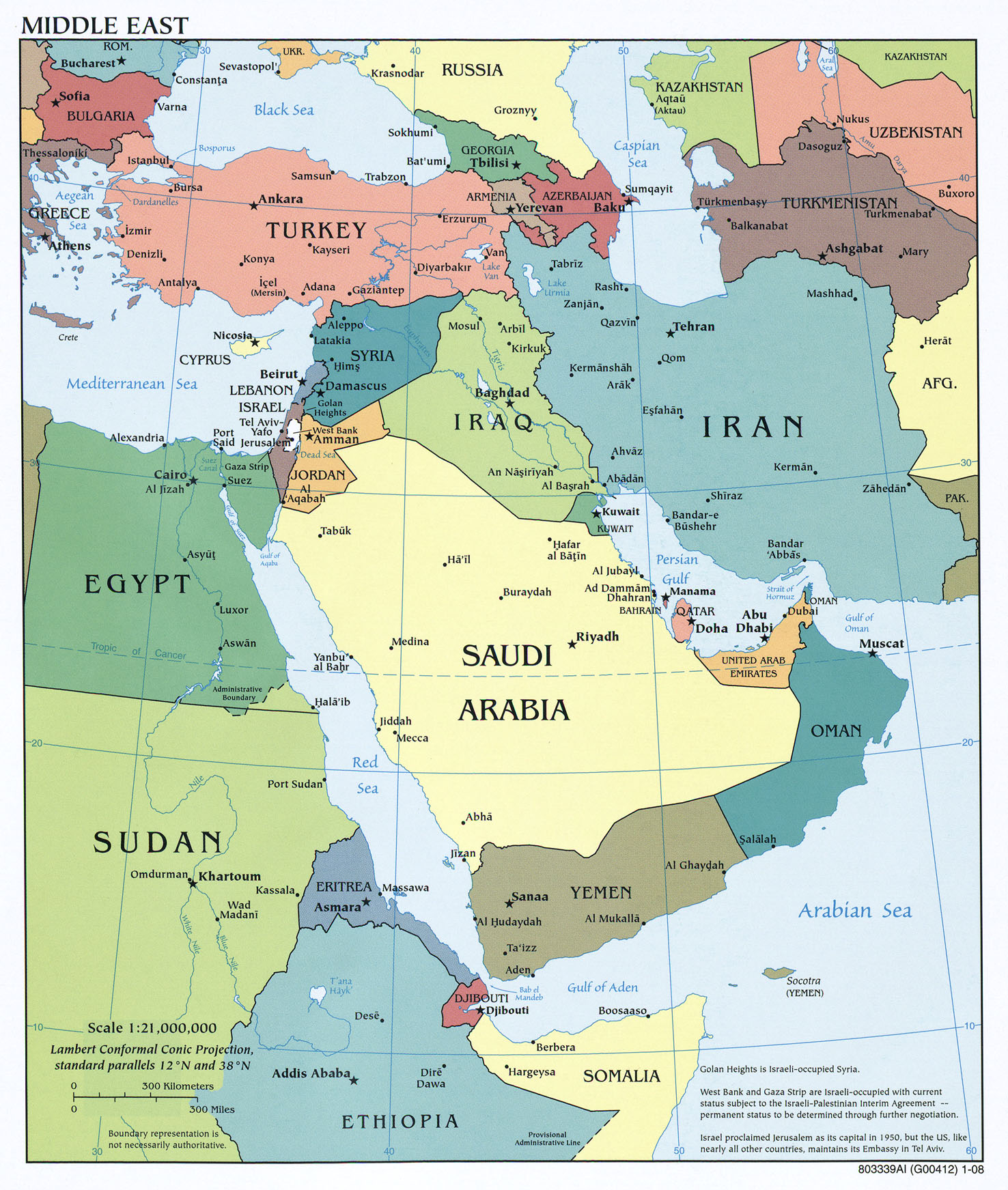
More than two million people have been affected by floods in India.
Heavy monsoon rains have been battering parts of India for the past fortnight. More than 80 people have died in flood-related incidents, and some areas have been cut off by rising waters.
Heavy rains have killed more than 30 people across the state.
Several districts have been inundated by flood waters.
Some areas have been cut off because of breaches to river banks and embankments. Helicopters are the only way to bring food and water to people stranded there.
Officials said that more than 130,000 people have been evacuated to safety as the relief and rescue operation moves into full swing.
Hundreds of thousands of people in the state are reported to be taking refuge in trees or on the tops of buildings as flood waters continue to rise













